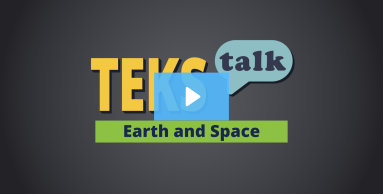
Knowledge and Skills Statement
Earth and space. The student models the cyclical movements of the Sun, Earth, and Moon and describes their effects.
Supporting Information
Research
Donovan, Deborah. “Science 101.” Science and Children 41, no. 9 (Summer 2004):18–19. http://www.jstor.org/stable/43173673.
Summary: The gravitational pull of both the moon and sun has an impact on the ocean tides. This article explains the complexities of the monthly and yearly tide cycles in relation to the cyclical path of the Earth and moon.
